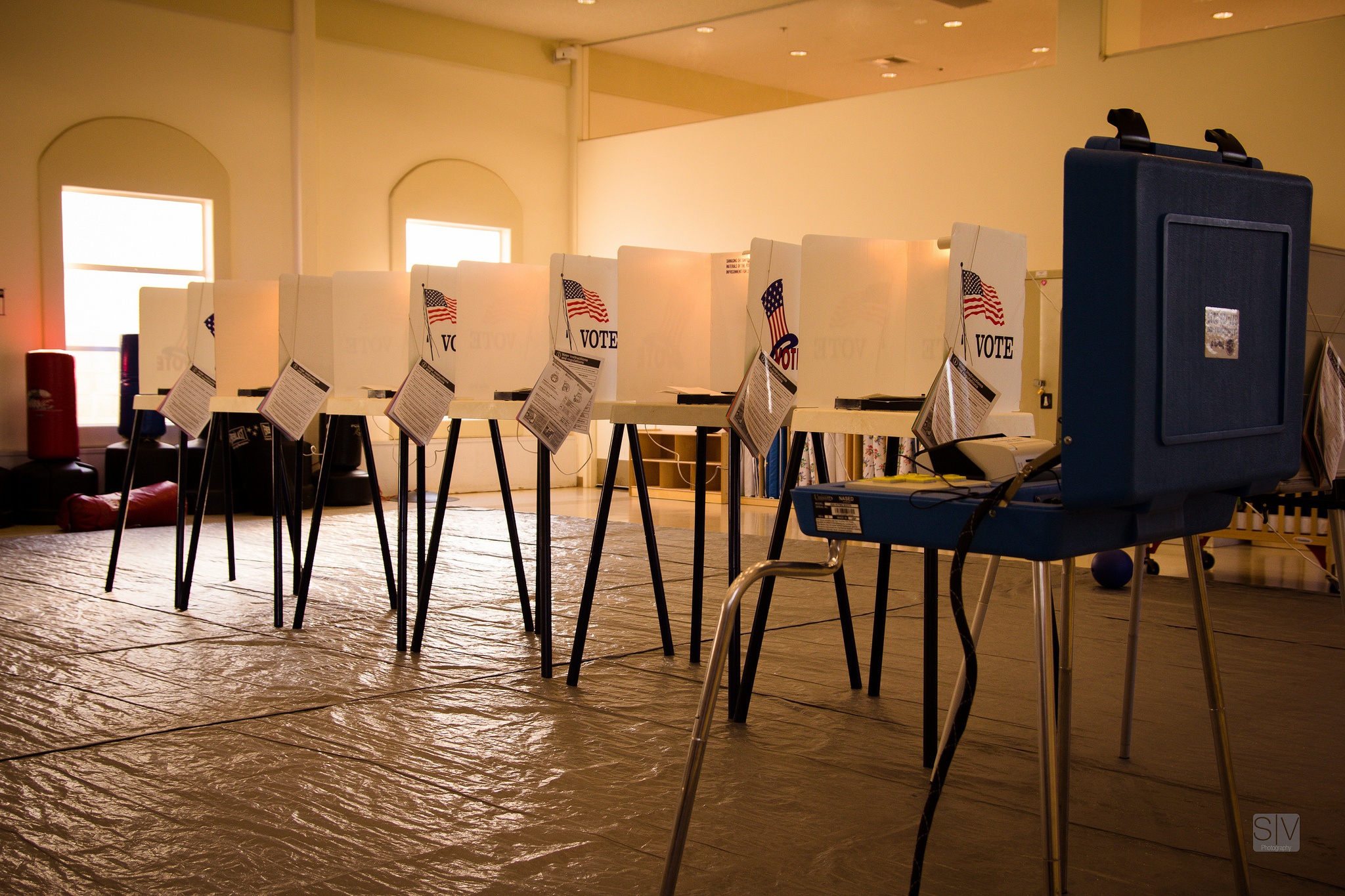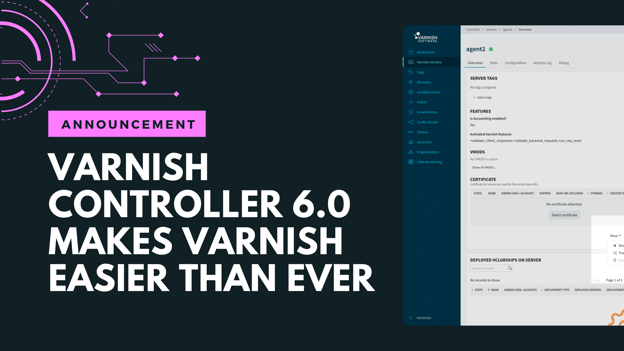In the seemingly neverending US presidential primary season, today is seen as a near make-or-break day: Super Tuesday. A number of states go to the polls today, and even if the candidates for each party will not be decided quite yet, Super Tuesday often forces out the weaker candidates, that is, those who are running out of campaign money or who have not had a good showing in primaries leading up to and including Super Tuesday.
The unpredictable nature and trajectory of the campaign trail, and the things candidates have done and said along the way, have made this drawn out event one to watch. While it is a media heyday, with interest at an all-time high, interest can lead to struggles in keeping up with demand.
The closer we get to the election, the more issues can actually emerge. We wrote about these challenges before, but issues can run deeper than just commercial media sites. In fact, the official government sites where polling results are reported (which media outlets rely on) are subject to the same strains.
“Though 2014 wasn’t exactly what you’d call a big-ticket election — with no presidential candidates on the ballot — states across the country experienced issues with their election reporting websites. Whether the problems were due to overwhelmingly high Web traffic or just technical difficulties, several states had to step back and rethink their online reporting strategies.”
States’ results sites saw a number of issues during the 2014 midterm elections, which – without managing the issues – can escalate and become catastrophic in a national election landscape. Examples:
- In Virginia (2008): Traffic volumes caused a site outage; the site could not handle the volumes of traffic and gave out within minutes of polls closing. Site saw boost from normal 39,000 election night visits to more than 300,000 – leading to more than 25 million page views.
- In Montana (2014): Unbalanced server loads/improperly configured traffic distribution led to only one server handling all election-night traffic.
- On mobile devices: With more people than ever clicking on and repeatedly refreshing election results on their mobile devices, results systems are struggling to keep pace.
Responding to demand before it's there
The election is coming up quickly and all of the problems these states’ poll result sites experienced can be avoided.
Election night 2012 saw a lot of sites fight to stay alive. Both big media and social media buckled – even when they had prepared for the onslaught. Long page load times, connection failures, complete site outages, HTTP errors, etc. skyrocketed on election night.
More recently the New Hampshire primary showed that news media outlets were struggling with site time-outs due to DNS failure as well as slow-downs from third-party objects (advertising, for example).
Preparing early and building in robustness and failsafes alongside high performance and scalability is key to ensuring smooth user experiences and delivering content on demand.
Varnish Software can help you be ready for the US presidential election and other traffic peaks. Ready to test out what Varnish can do?
Photo (c) 2012 Stephen Velasco used under Creative Commons license.
/VS-logo-2020-197x60.png?width=136&height=60&name=VS-logo-2020-197x60.png)




